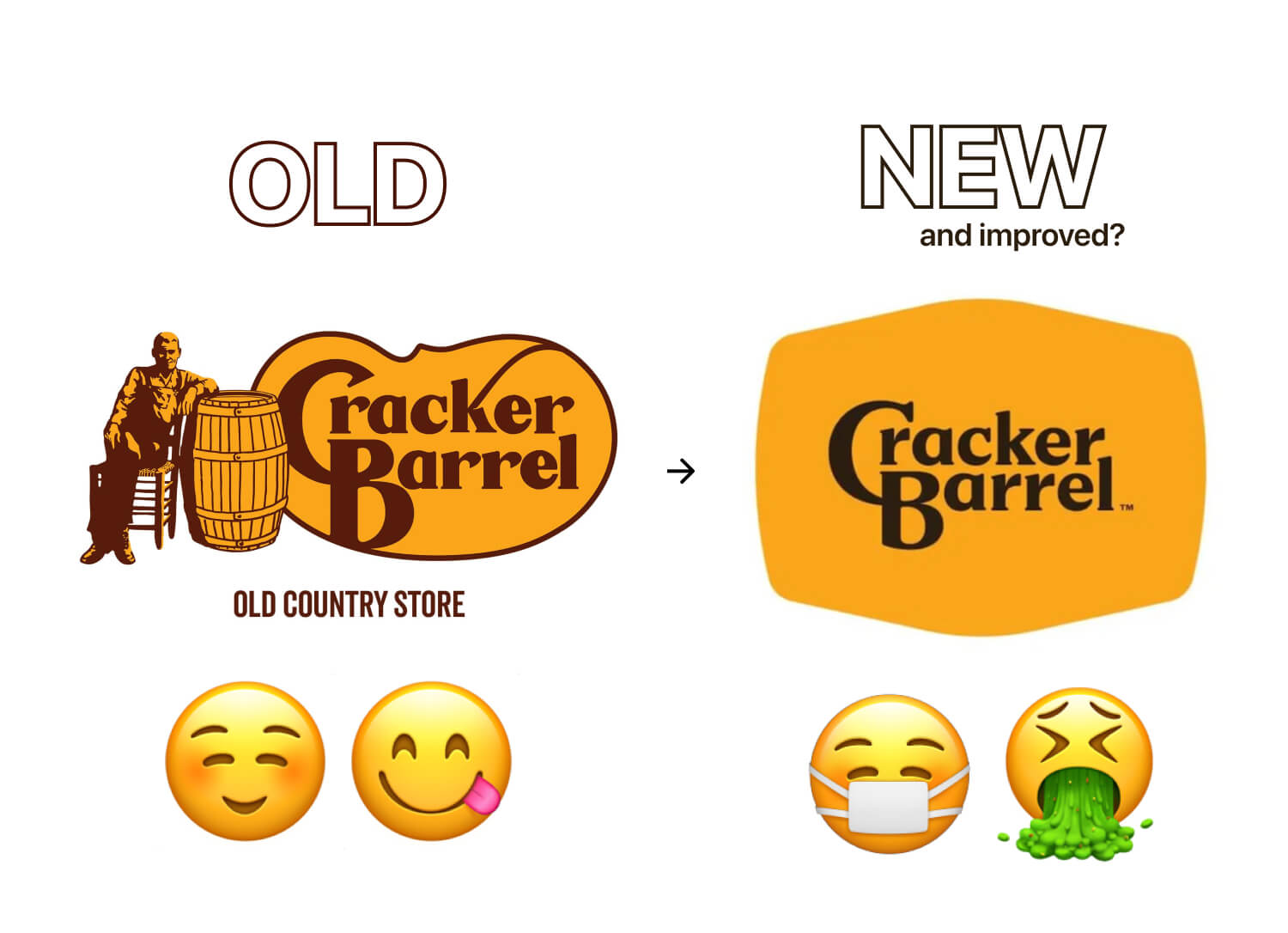
In today's digital age, where every click, tap, and swipe defines our daily interactions with technology, the concept of User Experience (UX) design has become very predominant. UX design goes way beyond aesthetics; it's about creating meaningful and intuitive experiences that keep users engaged and satisfied. In this post we'll delve into what exactly UX design is and why it holds such crucial importance in the digital world.
UX design is something that's always been of interest to us here at Vivid. We all attended Lebanon Valley College, where UX design was taught right alongside graphic design and was treated of equal importance. It was this wide breadth of knowledge we learned in the Digital Communications major that has helped us with our designs immensely. We hope that you find this post interesting and informative. Now let’s get into it:
What is User Experience Design?
User Experience design, often abbreviated as UX design, is the process of enhancing a user's satisfaction and overall experience when interacting with a product or system. It encompasses a wide range of elements, including usability, accessibility, functionality, and aesthetics, all aimed at ensuring that users can interact with a product in a way that feels natural and enjoyable. User Experience design is different from User Interface design (UI design), which is more about how the design actually looks rather than how it functions. But explaining how exactly they’re different is a whole different blog post.
Key Components of UX Design:
User Research: Understanding your target audience is at the core of UX design. Conducting thorough user research helps designers gain insights into users' needs, behaviors, and pain points.
Information Architecture: This involves structuring and organizing information and content in a logical and easily navigable manner, ensuring users can find what they need quickly.
Interaction Design: This aspect focuses on designing the interactions users have with a product, such as button placements, menus, and user flows. It aims to make these interactions as intuitive and efficient as possible.
Visual Design: While not the sole focus of UX design, visual elements like color, typography, and imagery play a significant role in influencing a user's perception and emotional response to a product.
Usability Testing: Regular testing and feedback collection from real users help identify any usability issues and make necessary improvements.
Why is UX Design Important?
Enhanced User Satisfaction: One of the primary goals of UX design is to create products that users love. When users enjoy using a product or website, they are more likely to return, engage with it longer, and even recommend it to others.
Increased Conversions: Good UX design can directly impact conversion rates. An intuitive checkout process or a well-designed call-to-action button can significantly boost sales and conversions.
Reduced Bounce Rates: If users find it challenging to navigate a website or app, they are likely to leave quickly. UX design helps reduce bounce rates by making interactions smoother and content more accessible.
Brand Loyalty: A positive user experience fosters brand loyalty. Users who have a great experience with a product or service are more likely to remain loyal customers and become advocates for the brand.
Competitive Advantage: In a crowded digital landscape, businesses that invest in UX design gain a competitive edge. Offering a superior user experience can set you apart from competitors and attract more customers.
Cost Savings: Fixing usability issues or redesigning a product after launch can be costly. By prioritizing UX design from the start, businesses can save time and resources.
In conclusion, our world has technology deeply integrated into our daily lives, so User Experience design has emerged as a vital discipline. It's not just about creating visually appealing products; it's about crafting experiences that users find enjoyable, efficient, and meaningful.



